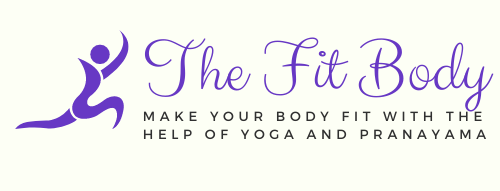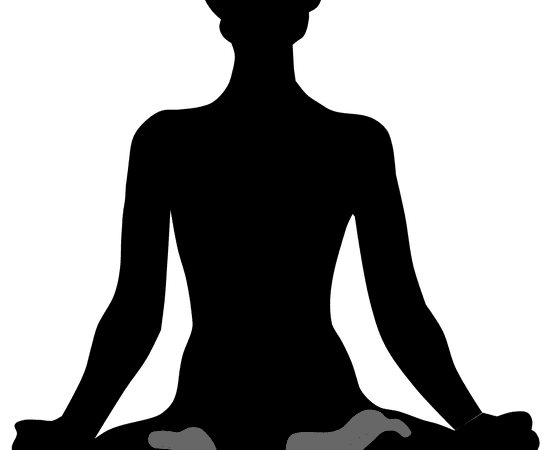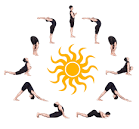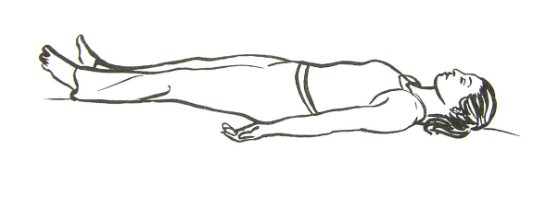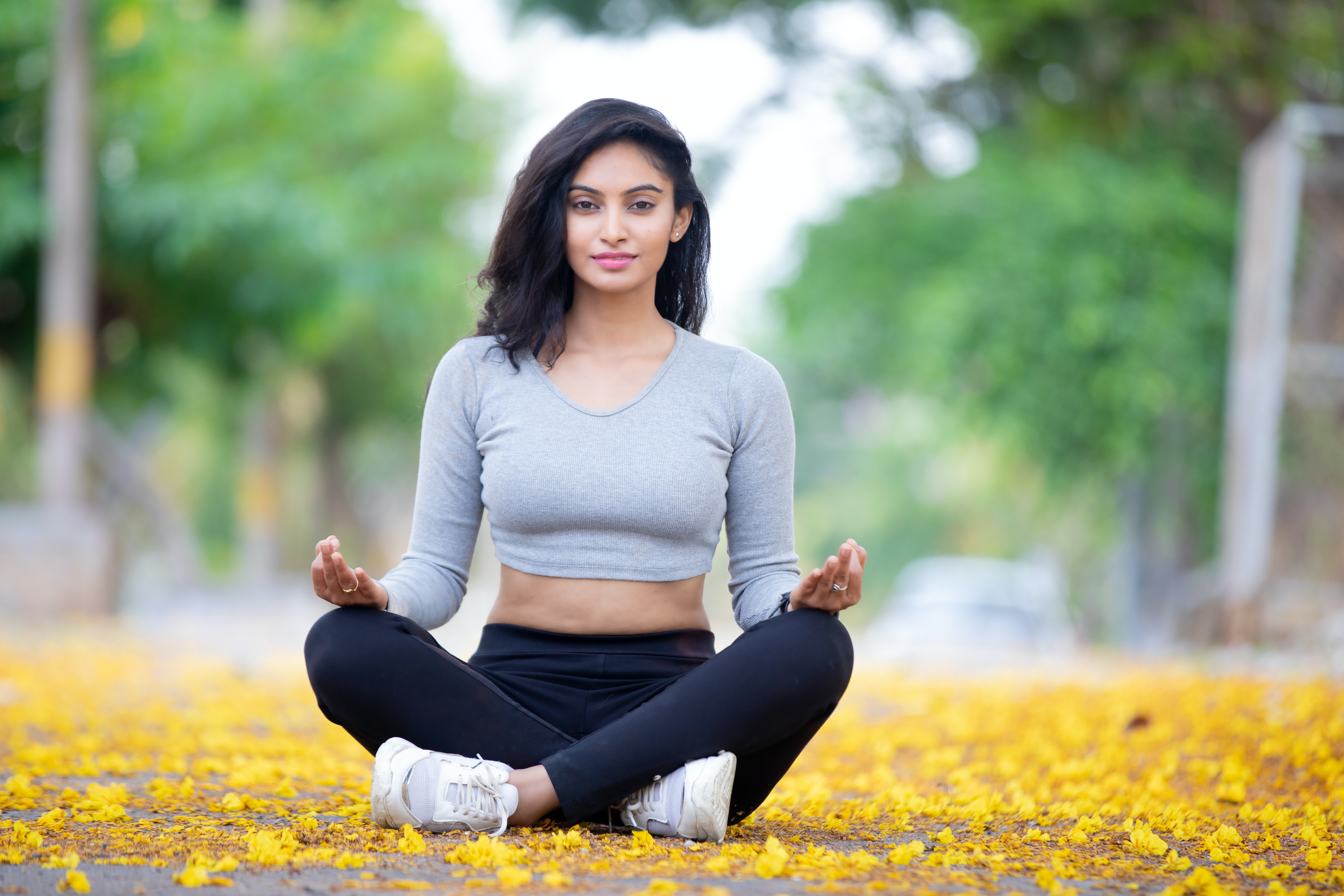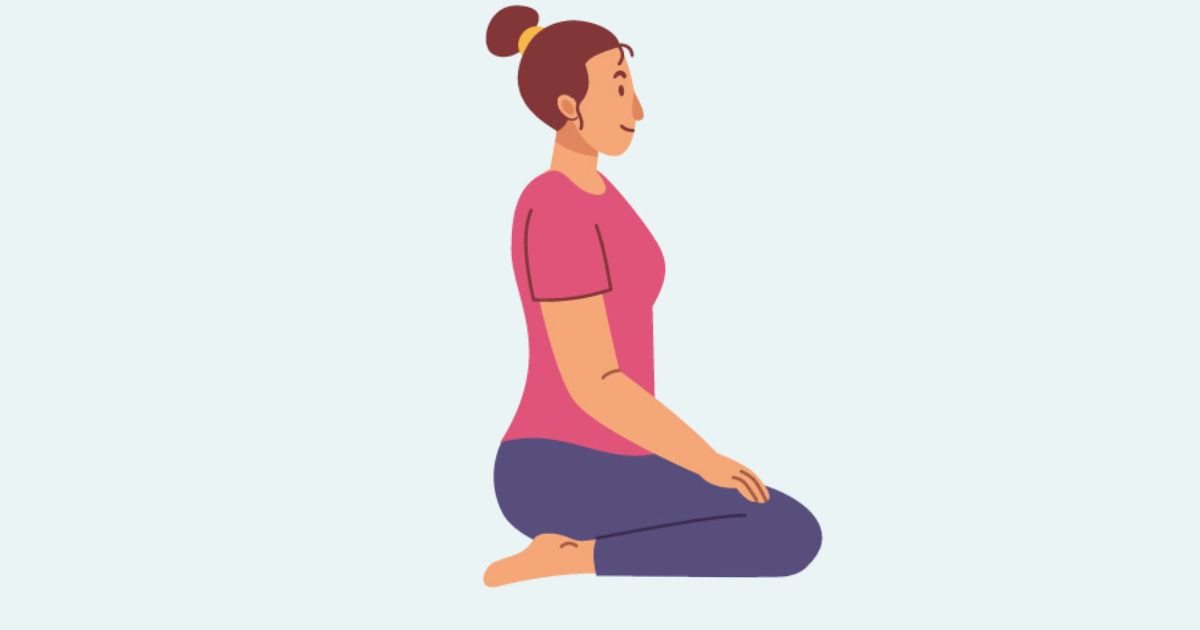Lotus pose, also known as Padmasana in Sanskrit, is a popular seated posture in yoga. It is often associated with meditation and is considered one of the more advanced asanas (postures) due to its level of flexibility and openness required in the hips and knees. Here’s a description of the Lotus pose:
- Start by sitting on the floor with your legs extended in front of you.
- Bend your right knee and bring your right foot toward your left hip crease.
- Similarly, bend your left knee and bring your left foot toward your right hip crease.
- Place your hands on your knees, with palms facing up or down, whichever feels comfortable for you.
- Lengthen your spine, sitting tall and keeping your shoulders relaxed.
- Engage your core muscles and gently draw your shoulder blades back and down.
- Rest your hands on your thighs or bring your hands into a mudra (hand gesture) of your choice for meditation.
- Relax your face, jaw, and neck, allowing the crown of your head to lift upward.
- Close your eyes, or soften your gaze if you prefer to keep them open.
- Breathe deeply and evenly, maintaining a sense of calm and relaxation.
It’s important to note that Lotus pose requires a significant amount of hip and knee flexibility. If you’re unable to comfortably bring both feet to your hip creases, you can modify the pose by sitting in a cross-legged position, such as Half Lotus (Ardha Padmasana), or using props like yoga blocks or blankets to elevate your hips.
As with any yoga pose, it’s essential to listen to your body and respect its limits. If you experience any discomfort or pain, it’s advisable to consult with a qualified yoga instructor or healthcare professional.
Benefits of Lotus Pose or Padmasana:
- Promotes deep relaxation: Lotus pose is commonly used for meditation due to its ability to calm the mind and promote relaxation.
- Enhances concentration and focus: The stillness and centeredness cultivated in Lotus pose can improve mental clarity, focus, and concentration.
- Opens the hips and stretches the knees: Padmasana helps increase flexibility in the hips, stretches the knees, and can relieve tension in the lower back.
- Activates energy centers: This pose is believed to activate the energy centers or chakras in the body, helping to balance and harmonize them.
- Promotes good posture: Sitting in Lotus pose encourages an upright posture, which can alleviate strain on the spine and promote a healthy alignment.
Restrictions and Precautions or Padmasana:
- Knee and hip flexibility: Lotus pose requires a high degree of flexibility in the knees and hips. If you have knee or hip injuries, pain, or limitations, it is advisable to avoid or modify this pose to prevent strain or further injury.
- Ankle or foot issues: Individuals with ankle or foot injuries, limited range of motion, or discomfort should avoid forcing their feet into the hip creases. Instead, they can opt for a modified cross-legged position or use props for support.
- Pregnancy: Lotus pose is generally not recommended for pregnant women due to the potential strain it can put on the knees and hips. Modified cross-legged positions or supported seated postures are safer alternatives.
- Discomfort or pain: If you experience any discomfort, pain, or numbness in the knees, hips, ankles, or feet while attempting Lotus pose, it’s crucial to listen to your body and modify or discontinue the pose to avoid injury.
- Pre-existing conditions: Individuals with certain conditions such as sciatica, sacroiliac joint dysfunction, or other hip-related issues should exercise caution or seek guidance from a qualified yoga instructor or healthcare professional before attempting Lotus pose.
Always approach Lotus pose mindfully and within your body’s limits. If you’re unsure about the suitability of this pose for your specific circumstances, consult with a yoga instructor or healthcare professional for personalised guidance and modifications.
-
Surya Namaskar ( Sun Salutation )

Surya Namaskar, also known as Sun Salutation, is a popular sequence of yoga asanas (postures) performed in a flowing manner. It is a holistic exercise that combines physical, mental, and spiritual aspects. Surya Namaskar is traditionally practiced at sunrise to pay homage to the sun, which is considered a symbol …
-
Savasana ( Corpse Pose )

Savasana, also known as the Corpse Pose, is a foundational and deeply relaxing yoga asana. It is typically practiced at the end of a yoga session to promote deep rest and integration. Here’s a description of how to practice Savasana: Savasana is a wonderful practice for releasing physical and mental …
-
Padmasana ( Lotus pose )

Lotus pose, also known as Padmasana in Sanskrit, is a popular seated posture in yoga. It is often associated with meditation and is considered one of the more advanced asanas (postures) due to its level of flexibility and openness required in the hips and knees. Here’s a description of the …
-
Sukhasana (Easy Pose)

Shukhasana, also known as the “Easy Pose” or “Comfortable Pose,” is a basic seated yoga posture that promotes relaxation and grounding. Here’s how you can practice Shukhasana: Benefits of Shukhasana or Easy Pose: Restrictions and Considerations: Note: If you have any pre-existing knee or hip injuries, or if you experience …
-
Vajrasana (Diamond Pose)

Vajrasana is a popular yoga asana, also known as the Diamond Pose or Thunderbolt Pose. “Vajra” means diamond or thunderbolt in Sanskrit, and “asana” refers to a yoga posture or pose. Vajrasana is commonly practiced for meditation, digestion, and promoting overall well-being. To practice Vajrasana: Vajrasana is considered a sitting …
